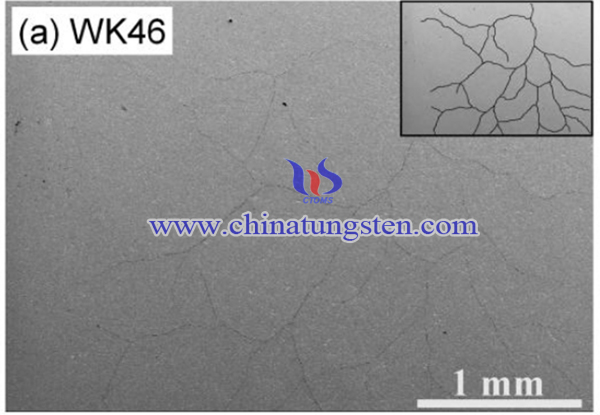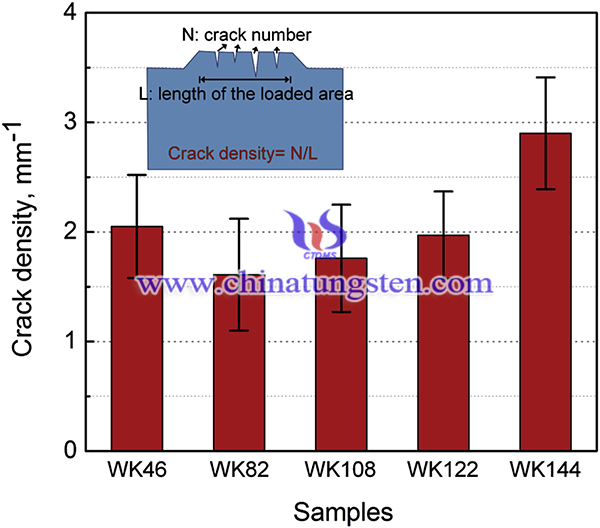Preparation of K-doped Tungsten Alloys Using APT
- Details
- Category: Tungsten Information
- Published on Wednesday, 07 April 2021 06:25
To improve the strength of metals, dispersion strengthening has been developed as an effective method for years. After decades of development, various dispersion particles were applied, such as refractory oxides, carbides, and nitrides.
Among these methods, bubble strengthening, with potassium (K) bubbles as the most known dispersion phase, is a unique and powerful strengthening strategy. The well-known nano-sized K bubbles strengthened tungsten (W) filaments, also known as Non-sag filaments, have a long history in the lighting industry. The bubbles, which are caused by only a tiny concentration of dozens of parts per million (ppm) in weight of K, act as pinning points for dislocations as well as dislocation networks and also as barriers against subgrain and grain boundary migration.

In addition to the advantages of high melting point, high thermal conductivity, low tritium inventory and low erosion rate under plasma loading, the outstanding ability to withstand thermal shock at extremely high temperature induced by the alternative currents when used as incandescent filament, makes K-doped tungsten alloy an attractive candidate as plasma-facing materials (PFMs) for fusion reactors.
In order to enhance the physical properties of tungsten alloys, K-doped tungsten alloys were synthesized using ammonium paratungstate (APT). The synthesis process of K-doped tungsten alloys is as below:
K-doped powders, ammonium paratungstate (APT) powder was doped with potassium silicate (K2SiO3) and aluminum nitrate (Al(NO3)3) at first. The doped tungsten powder was then subjected to hydrogen reduction, acid washing, and drying. The so-called AKS-doped tungsten powder was then prepared. The Alsingle bondKsingle bondSisingle bondO complex compounds were formed and incorporated into the tungsten particle interior during those processes.

Tungsten alloys with different K bubbles content (46/82/108/122/144 ppm) were fabricated These K-doped tungsten alloys have close grain size values (∼3.5 μm) but different K bubble characteristics, i.e., average bubble sizes (33.7 nm → 82.1 nm). With the increased K content, the thermal conductivity decreased, and the fracture toughness increased, while the samples with K of 82 ppm presented the highest Vickers hardness and tensile strength. Samples with K of 82 ppm also showed the highest thermal shock resistance, which, obviously, have strong correlation with the strength, toughness, and thermal conductivity of the materials. In conclusion, the doping of potassium (K) bubbles had greatly enhanced the Vickers hardness, tensile strength, thermal shock resistance, and thermal conductivity of tungsten alloy.
- APT Manufacturer & Supplier, Chinatungsten Online: ammonium-paratungstate.com
- Tungsten News & Prices of China Tungsten Industry Association: www.ctia.com.cn
- Molybdenum News & Price: news.molybdenum.com.cn
- Tel.: 86 592 5129696; Fax: 86 592 5129797; Email: sales@chinatungsten.com



 sales@chinatungsten.com
sales@chinatungsten.com